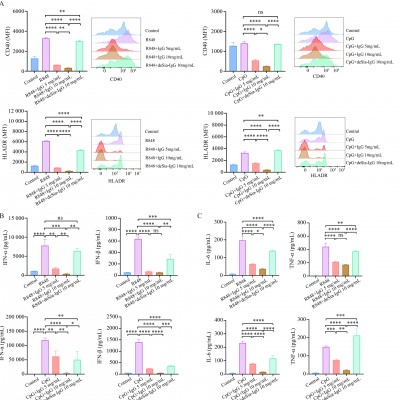In anime master Mamoru Hosoda’s latest feature, “Scarlet,” the innovative Japanese filmmaker looks West for inspiration: to Shakespearean themes, classic European fantasy and the tradition of Walt Disney princesses.
In a sense, that makes it the mirror image of what’s fueling the headline-grabbing success of “KPop Demon Hunters,” the American-made, Asian-culture-imbued animated hit that just became Netflix’s most-watched original film. (It’s probably not a coincidence that both “KPop” and “Scarlet” were developed with Sony’s support. While “KPop” was produced in-house, “Scarlet” is the first of Studio Chizu’s projects to be co-financed by the Japanese powerhouse.)
Beyond hinting that “Scarlet” is “very relevant to kind of our current social climate,” Hosoda has been fairly secretive about this new project, which premieres out of competition at the Venice Film Festival Sept. 4.
“Simply put, this is a story of vengeance,” he confides. “Our protagonist Scarlet is a princess from this kind of Middle Ages society who failed to exact revenge on her sworn enemy. She then gets transported to a different world, where she doesn’t give up on her quest for revenge.”
From “The Boy and the Beast” to “Belle,” nearly all Hosoda’s films straddle two separate time periods or worlds — real life and escapist virtual realms, past and present, modernity and myth — in a strategy that tests his protagonists’ capacity to face the challenges in their daily lives. “Scarlet” is no exception, introducing its eponymous princess to a modern-day nurse in Hosoda’s unique spin on the buddy-movie formula.
“Doing that with this transportation to a different world allows the exchange of really unique ideas,” explains Hosoda, who remains coy about where Scarlet comes from. “Which two worlds are being contrasted is really the core essence of what makes this movie unique.”
This meeting of cultures mirrors a more overarching phenomenon Hosoda has observed in the medium of animation. Until roughly 10 years ago, he observes, there was little overlap between the toons being produced in America, Europe and Japan. “That all changed with the rise of the streaming platforms,” he explains.
Suddenly, “audiences from around the world got to consume and understand different types of animation expression, and these big walls that separated those three styles have really come down,” enabling the artistic fusion reflected in “Spider-Man: Into the Spider-Verse” and “KPop Demon Hunters.”
“Whatever we create, there is an audience internationally that can relate to it, and who now has the literacy to understand the nuance of what these different types of animation are trying to convey,” he says.
“I’m actually a huge fan of the American 2D hand-drawn animation style, from which I’ve drawn a lot of influence. I look at ‘Beauty and the Beast’ and what Glen Keane was able to establish as this benchmark of character and performance,” adds Hosoda. “I have so much respect for what he has done, and now perhaps Japanese anime is influencing other people.”
“Scarlet,” which took four and a half years to produce (almost 50% longer than the three-year timeframe Hosoda’s previous features required), boasts a richer, more detailed aesthetic, including a range of facial types and expression rarely seen in anime. Though Hosoda began his career practicing a traditional Japanese 2D hand-drawn approach, he has progressively incorporated digital techniques along the way (most significantly in “Belle,” on which Hosoda tapped Disney veteran Jin Kim to do some of the character designs).
Kim returns on “Scarlet,” this time joined by “Big Hero 6” collaborator Tadahiro Uesugi (a set designer with a distinctive eye). “Several of the collaborators on this film have a lot of big credits under their belt, and that has allowed me to expand our horizon of expression,” says Hosoda, who used CG to enhance the hand-drawn feel. “The detail on a lot of the characters and models is something that would be extremely challenging to do with 2D, if not impossible.”
Another key factor in Hosoda’s growth as a storyteller has been the way international festival exposure has brought a wider audience to his work. That began when “The Girl Who Leapt Through Time” was invited to screen at Busan in South Korea, followed by the Berlin premiere of “Summer Wars” and “Mirai” debuting in Cannes.
“With each film, I’m able to directly interact with new audiences, which has expanded my own horizon for different types of themes and forms of expression,” he says. “The fact that I’m able to take these almost Shakespearean elements and apply them to animation is something that I never imagined would have happened when I rewind the clock 20 years.
“For me, this idea of revenge is more relevant now than ever. The world is very unstable. It’s kind of scary. There’s a lot of conflict,” he says. “But as a creator and filmmaker, I think we all strive to communicate on this different plane or artistic level, and I hope that that can kind of bring us into a different world, so to speak.”











